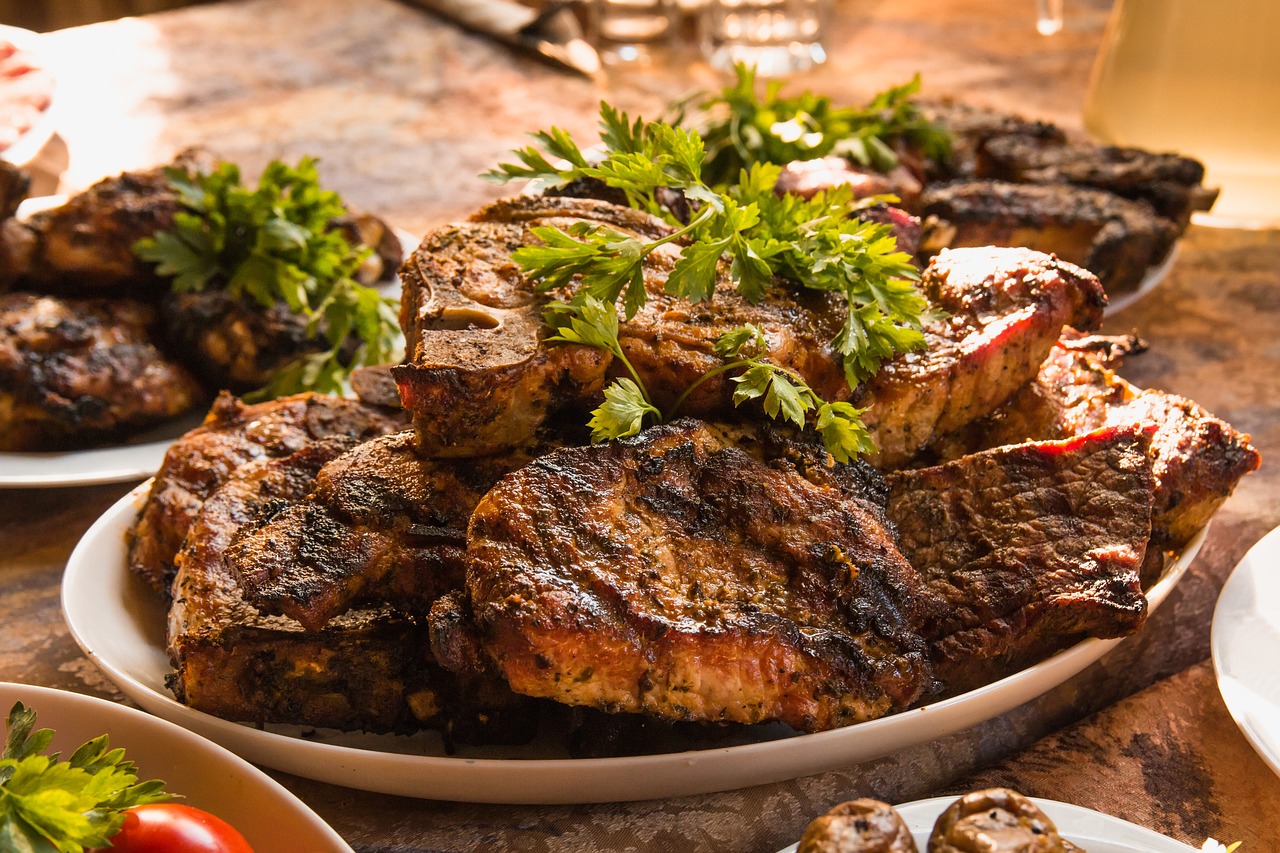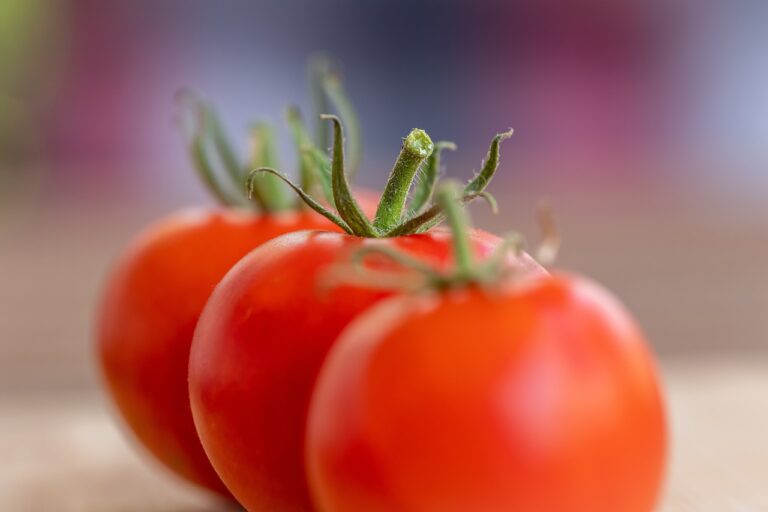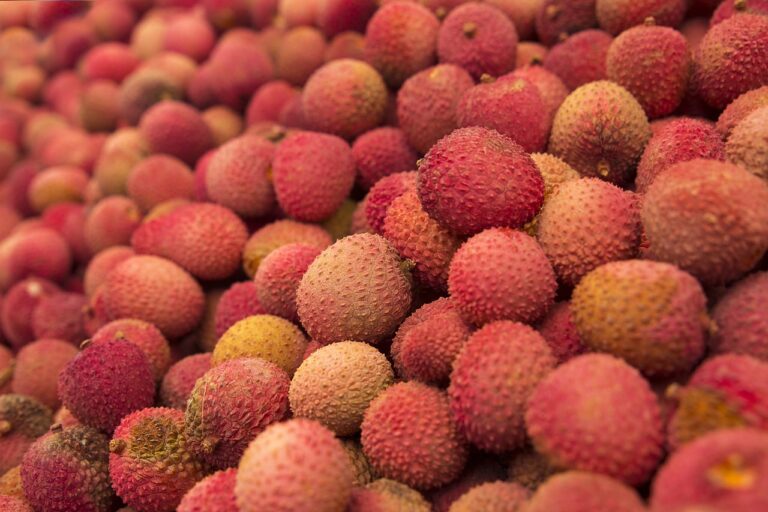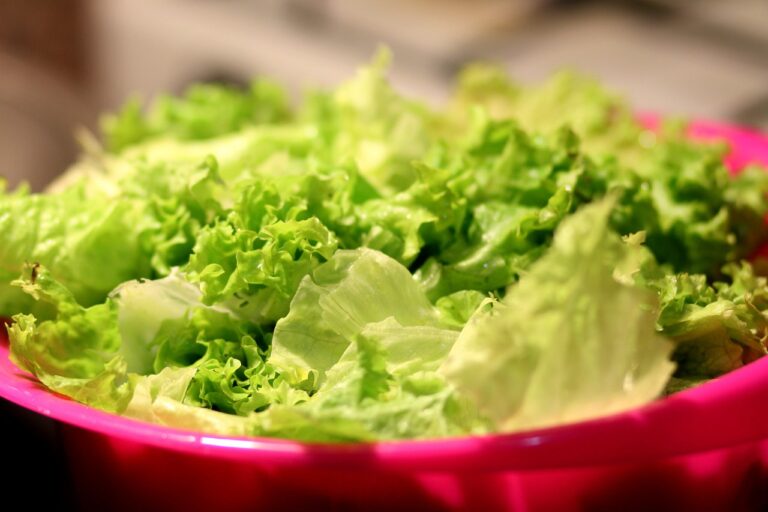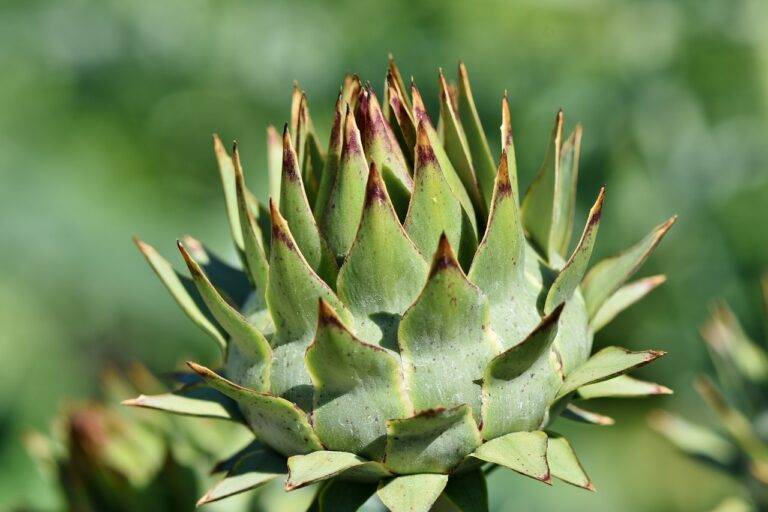Food Safety Protocols in Restaurant Operations
Food safety concerns in restaurants are paramount to ensure the health and well-being of customers. Improper handling of raw meat, poultry, and seafood can lead to cross-contamination, posing a serious risk of foodborne illnesses. It is essential for restaurant staff to separate these items from ready-to-eat foods and to follow strict protocols for storing, handling, and cooking them to the appropriate internal temperatures.
Another common concern in restaurants is the maintenance of proper food storage temperatures. Failure to keep perishable items like dairy, meat, and poultry at the correct temperature can result in the growth of harmful bacteria. Regular monitoring of refrigeration units and freezers is necessary to prevent food spoilage and the risk of serving contaminated dishes to customers.
Proper Handwashing Techniques for Restaurant Staff
To maintain high standards of cleanliness in restaurant operations, it is crucial for staff members to follow proper handwashing techniques. This simple yet effective practice is one of the most important steps in preventing the spread of harmful bacteria and ensuring the safety of both employees and customers. Adequate handwashing involves wetting hands with clean, running water, applying soap, lathering thoroughly by rubbing hands together for at least 20 seconds, rinsing well under running water, and finally drying hands with a clean towel or air dryer.
Furthermore, it is essential for restaurant staff to pay particular attention to frequently missed spots during handwashing, such as the back of hands, between fingers, and under fingernails. Proper hand hygiene should be enforced not only before handling food but also after handling raw ingredients, touching surfaces like door handles, or using the restroom. By making handwashing a routine part of their daily tasks, restaurant staff can significantly reduce the risk of cross-contamination and uphold the highest standards of food safety for patrons.
Cleaning and Sanitizing Procedures for Food Contact Surfaces
When it comes to maintaining high food safety standards in restaurants, proper cleaning and sanitizing procedures for food contact surfaces are crucial. These surfaces include countertops, cutting boards, utensils, and any other equipment that comes in direct contact with food.
Cleaning food contact surfaces should always start with washing them using hot, soapy water to remove any visible dirt or residue. Once clean, sanitizing these surfaces is essential to kill any remaining bacteria or germs. This can be done using a sanitizing solution or by heat sanitization methods to ensure that the surfaces are safe for food preparation.
Proper cleaning and sanitizing procedures for food contact surfaces are crucial in maintaining high food safety standards in restaurants.
Food contact surfaces include countertops, cutting boards, utensils, and any other equipment that comes in direct contact with food.
Cleaning should start with washing the surfaces using hot, soapy water to remove visible dirt or residue.
Sanitizing these surfaces is essential to kill any remaining bacteria or germs.
This can be done using a sanitizing solution or by heat sanitization methods.
Why is it important to properly clean and sanitize food contact surfaces in a restaurant?
Proper cleaning and sanitizing of food contact surfaces helps prevent the spread of harmful bacteria and pathogens that can cause foodborne illnesses.
What are some common food safety concerns in restaurants?
Common food safety concerns in restaurants include cross-contamination, improper handwashing, and inadequate cleaning and sanitizing of food contact surfaces.
How should restaurant staff properly wash their hands?
Restaurant staff should wash their hands with soap and warm water for at least 20 seconds, making sure to scrub all surfaces of their hands, including between fingers and under nails.
What is the difference between cleaning and sanitizing food contact surfaces?
Cleaning involves removing dirt, debris, and food particles from surfaces, while sanitizing involves using chemicals or heat to kill harmful bacteria and pathogens that may be present.
How often should food contact surfaces be cleaned and sanitized in a restaurant?
Food contact surfaces should be cleaned and sanitized regularly throughout the day, especially after handling raw meat, poultry, seafood, or eggs.

